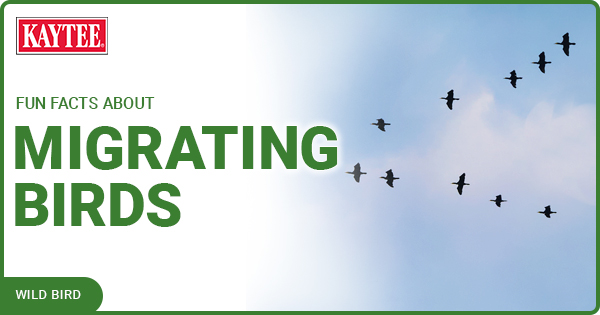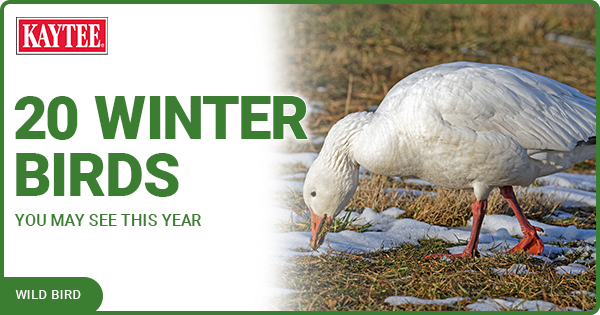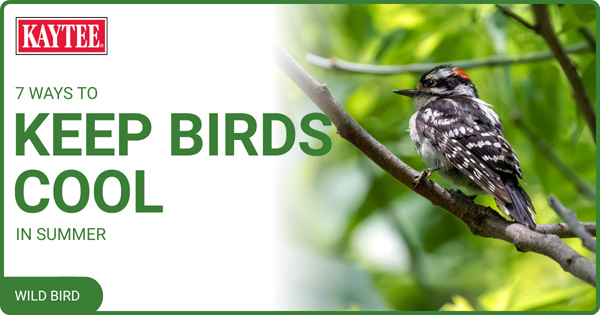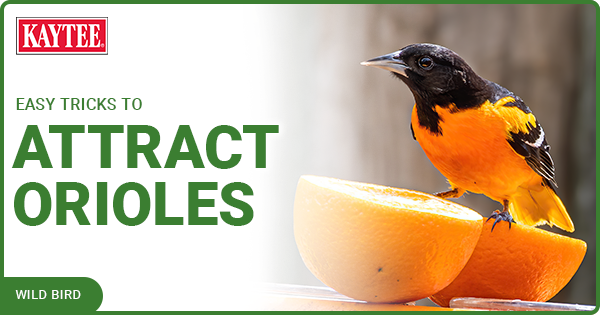What To Feed Wild Birds and When
Why Birds' Diet Change
As seasons change, birds change their diets to take advantage of the most abundant, easily available foods. In spring, growing insect populations, freshly blooming flowers, and swelling buds provide good foods for birds, while summer insects, ripening grains, berries, and other early fruits make tasty meals during the hottest months. Autumn is an abundant season with grains, seeds, nuts, and fruits all available to birds, while hardy food sources such as sturdy seeds, nuts, and grains are the foods most available in winter. These changes in natural food supplies coincide with birds' changing nutritional needs throughout the year. In spring and fall, when food sources are abundant, migratory birds use the extra energy to fuel their journeys. During the summer months, birds are raising families and their hungry hatchlings need protein-rich food for proper growth. In winter, fatty, high-calorie foods are most desirable to help birds survive low temperatures and long nights.
Understanding these changing nutritional needs can help you know what to feed wild birds at different times of year. Adjusting the offerings at your feeders will attract a wider range of bird species, allowing you to enjoy more feathered friends throughout the year.
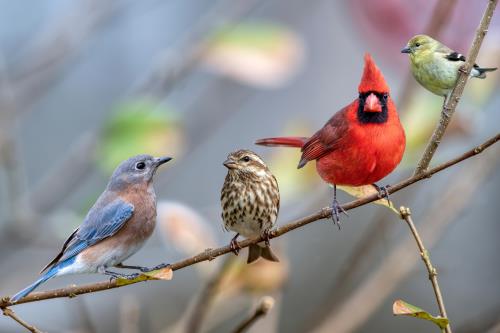
Best Seasonal Bird Foods
When birds need energy for migration, high-calorie foods that can quickly be converted to fuel are best. In both spring and fall, suet and high quality birdseed blends that contain black oil sunflower seeds and peanuts will attract a variety of birds, including grosbeaks, finches, warblers and sparrows. Nectar offered at hummingbird and oriole feeders is a great choice for sweet-loving birds, especially early in the year when spring flowers may not be blooming their best quite yet or later in fall when more blooms have faded.
During the summer, most birds feed on protein-rich insects to nurture their young nestlings. Adding mealworms to the feeder will attract bluebirds, thrushes, and other insect-loving species while nectar should continue to be offered for hummingbirds and orioles. Black oil sunflower seed, as well as sunflower chips and hearts, provide great energy and balanced nutrition for birds throughout the season.
As for what to feed wild birds in winter, high-fat, high-calorie foods are best to provide adequate energy for birds to maintain their body temperatures on the coldest days. Nyjer® seed is an oily, high-calorie option perfect for all types of winter finches, including redpolls and siskins. Black oil sunflower seed is another great winter food for grosbeaks, finches, chickadees, and crossbills, while suet is ideal for jays, woodpeckers, and wrens. Many winter birds such as jays, woodpeckers, nuthatches, and titmice will also feast on peanuts, either in-shell or peanut hearts, throughout the coldest months.
Feeding Tips For Every Season
No matter what the season, it is always best to provide a diverse buffet at backyard feeders.
- More types of food will attract more birds and will give you the opportunity to observe which birds prefer which foods. Closely watch how birds change their feeding patterns as the seasons change, and you can adjust which foods you offer to meet birds' changing seasonal needs.
- Use a variety of feeders – tubes, platforms, hoppers, and dishes – to offer foods. Different birds prefer feeding in different ways and accommodating their preferences will make them more comfortable and at ease while feeding no matter what is on the menu.
- Feeders should be kept clean, so no food is contaminated by feces, dirt, or other debris. Use 1 part bleach to 9 parts water weekly to thoroughly clean your feeders outdoors and always wash your hands after handling bird supplies. This will ensure the food is safe for birds and will minimize the risk of spreading diseases or parasites to any birds that visit.
By knowing what to feed wild birds, when to offer different foods, and how best to offer those foods, you can create a year-round buffet that all types of birds will enjoy.
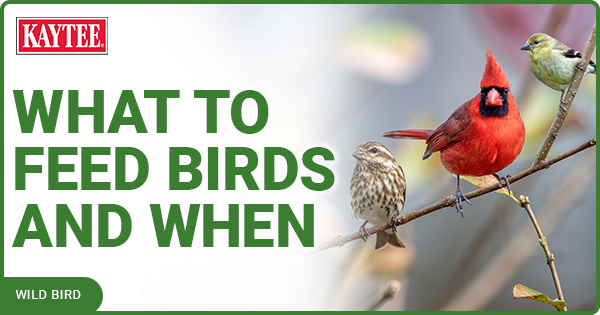
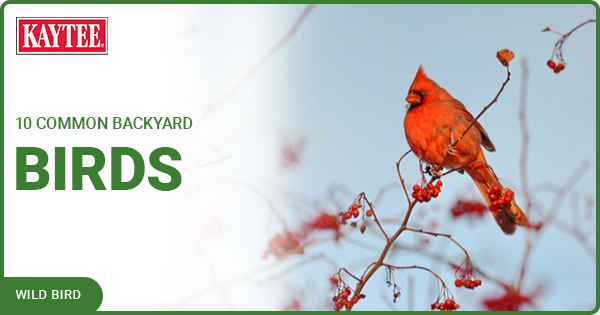
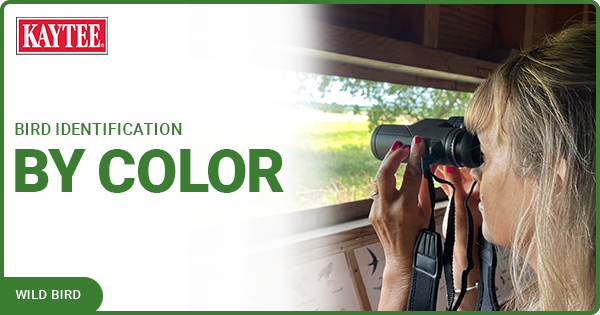
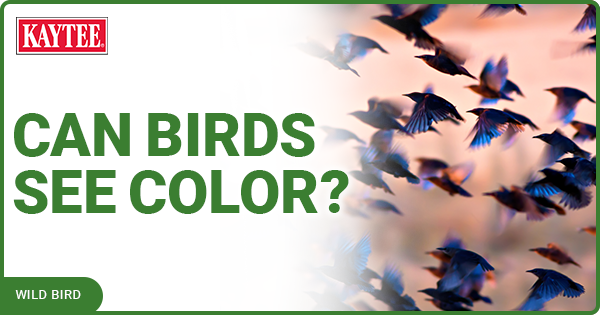
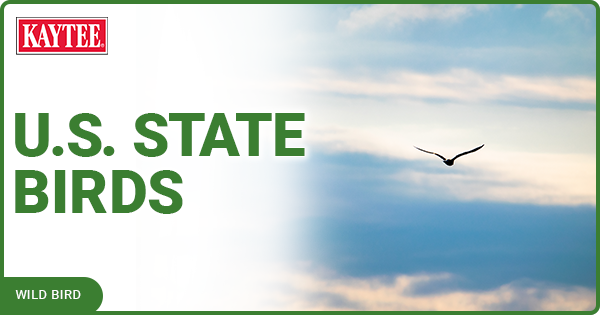
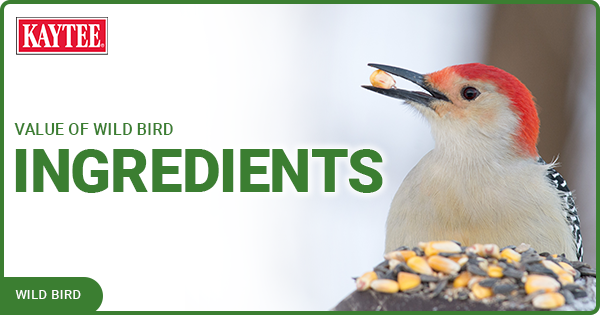
.png?h=315&iar=0&w=600&hash=9C09A701CB4D5CF9B2C5B7FA2DA01F2E)
